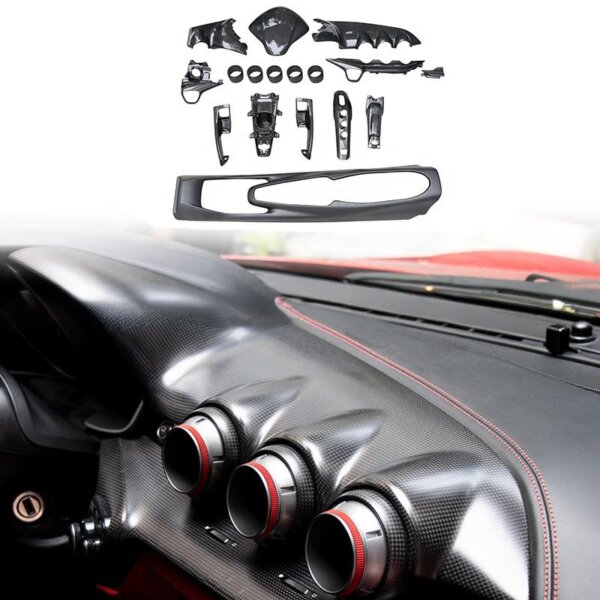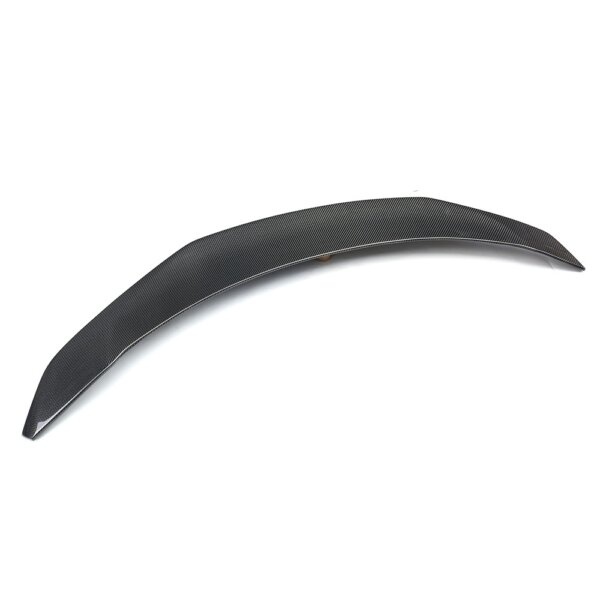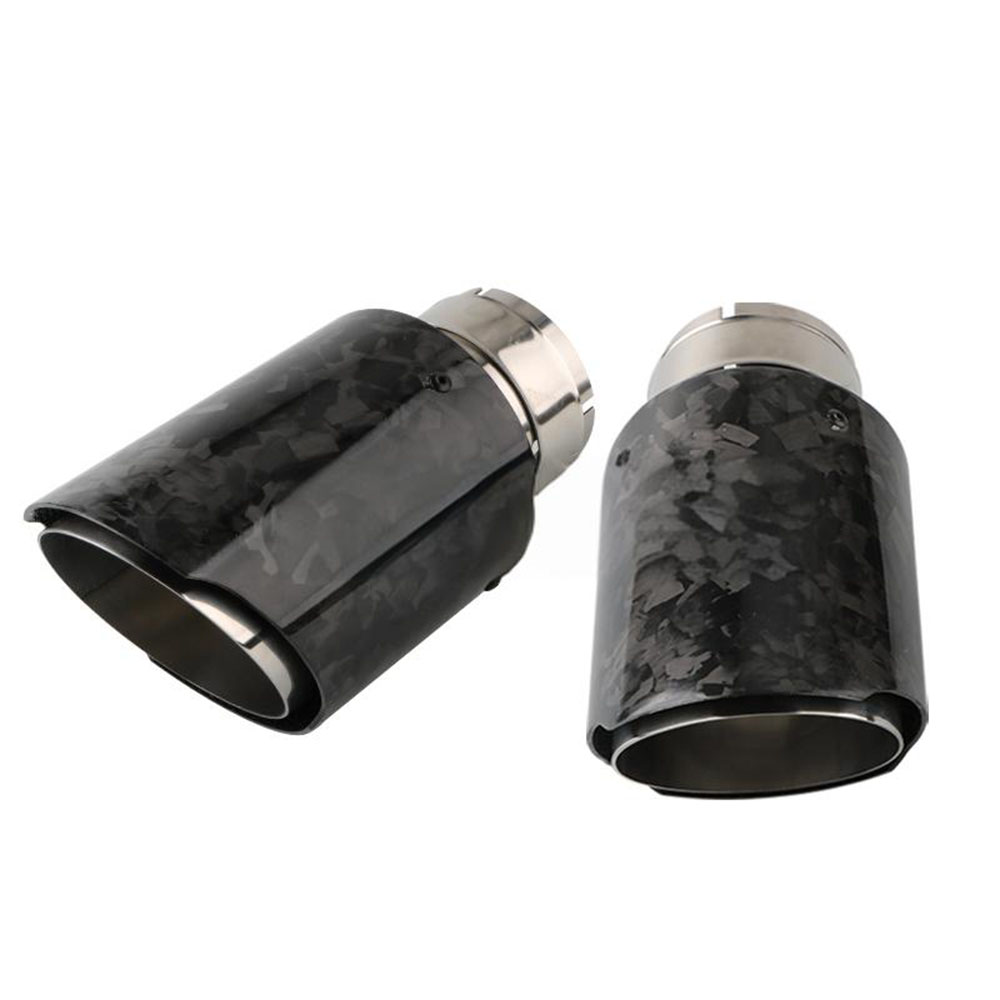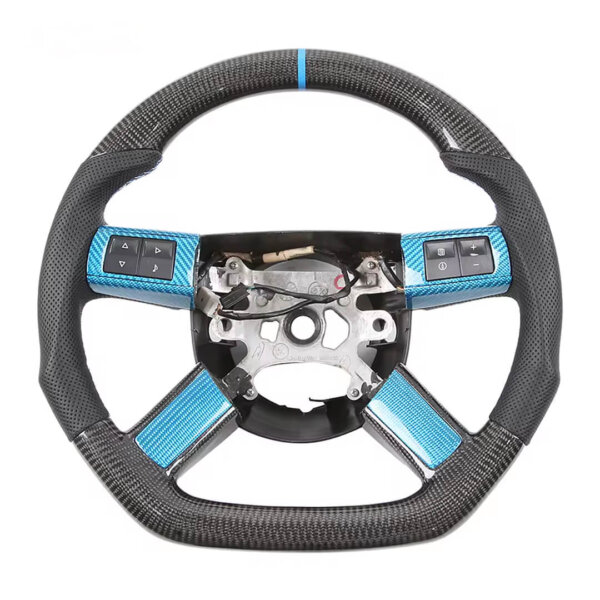
Fibra di carbonio secca vs carbonio umido: guida definitiva al confronto
What Is Carbonio secco Fiber?
Carbonio secco is also called carbonio preimpregnato. Here’s what makes it special:
- Ha carbonio cloth that comes with resina already in it
- The resin is put in at a fabbrica
- It needs a big machine called an autoclave per renderlo difficile
- The autoclave uses Calore E pressione
- It gets very caldo (over 250°F)
- Sembra lucido quando fatto
- You can see the modello di tessitura ottimo
Quando si vede un lucido car part that shows the trama di carbonio, it might be carbonio secco!
What Is Carbonio umido Fiber?
Carbonio umido is made a different way:
- People put liquid resina on dry carbonio cloth by mano
- This is called hand layup
- It can be done in a small negozio
- It uses a sacchetto sottovuoto to squeeze out extra resin
- It can get hard at room temp
- It often looks more noioso
- IL tessere might not show as well
Carbonio umido is how many negozi Fare parti personalizzate.
Big Differences: Asciutto vs Carbonio umido
Let’s see how they are diverso:
| Cosa confrontiamo | Carbonio secco | Carbonio umido |
|---|---|---|
| Peso | Molto leggero | Più pesante |
| Forza | Molto forte | Meno forte |
| Aspetto | Molto lucido | More dull |
| Costo | Molto costoso | Meno costoso |
| Making it | Needs big machines | Can make at home |
| Parts it makes | Parti di auto da corsa | Progetti personalizzati |
Peso: Why Carbonio secco È Più leggero
Carbonio secco parts weigh much meno. This is very important for:
- Auto da corsa
- Aerei
- Biciclette
- Droni
A car cappuccio made from carbonio secco weighs about 8 kg. The same cappuccio In carbonio umido weighs 13 kgQuesto è 5 kg more!
When you want to go veloce, every grammo counts!
Forza: Which One Is Più duro?
Carbonio secco È più forte Perché:
- IL resina is spread evenly
- There are no bolle d'aria
- IL fibre line up better
- IL autoclave makes it very compact
After many years in the sole E pioggia, carbonio secco keeps 75-85% of its strength. Carbonio umido only keeps 67-73%.
Ciò significa carbonio secco is better for:
- Ricambi per auto that must be safe
- Aereo parti
- Corsa parts that take big hits
Come appaiono: Lucente vs Noioso
Carbonio secco ha un perfetto look:
- Molto lucido superficie
- Chiaro modello di tessitura
- NO urti O waves
Carbonio umido doesn’t look as nice:
- Di più noioso fine
- Might have bumpy macchie
- Can show resin pools
- Needs more sanding
If you want parts to show off, carbonio secco looks best!
Costo: Why Is Carbonio secco So Costoso?
Carbonio secco costi 4-5 times more di carbonio umido! Here’s why:
- Preimpregnato sheets cost more
- Must be kept freddo until use
- Needs big autoclave macchine
- These machines cost over $100,000
- Esigenze stampi speciali
- Prese trained workers
UN cappuccio made from carbonio secco might cost $2,000, while a carbonio umido one might be $500.
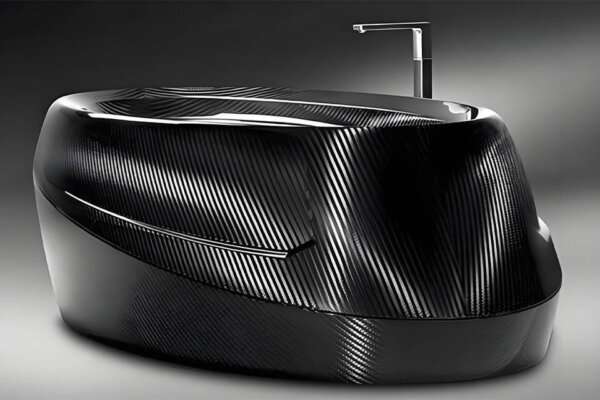
When To Use Carbonio secco: 5 Good Times
Carbonio secco is best for:
- Race car parti come spoiler, cappucci, E parafanghi
- Aereo parts that must be light
- Bici frames for racing
- Show car parts you want to look nice
- Parts that stay in the sole per molto tempo
If you see fibra di carbonio In F1 racing, it’s almost always carbonio secco!
When To Use Carbonio umido: 5 Good Times
Carbonio umido works well for:
- Progetti fai da te at home
- Forme personalizzate that are hard to make
- Parts that go dentro cars where you don’t see them
- Prototipi when testing ideas
- Budget builds for track day cars
Molti negozi utilizzo carbonio umido for making unico nel suo genere parti.
Processo di fabbricazione: How They Get Made
Come Carbonio secco Is Made:
- Preimpregnato sheets come from a fabbrica
- Workers cut the sheets to fit stampi
- They stack many strati
- They wrap it all in special film
- They put it in the autoclave
- IL autoclave heats up to over 250°F
- It also adds pressione (like 6 car tires on every inch!)
- After many hours, the part comes out
- Workers trim the edges
- The part is done and perfetto!
Come Carbonio umido Is Made:
- Workers cut dry tessuto di carbonio
- They mix resina E indurente
- They put the tessuto in un muffa
- They add the resina by hand with brushes
- loro usano rollers to push out bolle d'aria
- They put on a sacchetto sottovuoto
- IL vacuum pump sucks out extra resina
- The part cure (gets hard) at room temp or in a warm forno
- Workers take it out and sabbia Esso
- Aggiungono vernice trasparente to make it look better
Real World Test: How Long Do They Last?
Scientists tested both types in tough conditions:
- After 12 years in acqua salata, carbonio secco kept 85% of its strength
- Carbonio umido kept less than 60%
Per automobili left outside:
- Carbonio secco parts look good for 10-15 years
- Carbonio umido parts start to look bad after 3-7 years
Ecco perché squadre di gara E case automobilistiche scegliere carbonio secco for important parts!
Parti You See in Carbonio secco
These parts are often made from carbonio secco:
- Cappe to make cars lighter
- Spoiler per auto da corsa
- Labbra anteriori on sports cars
- Minigonne laterali sulle auto da corsa
- Diffusori posteriori that help air flow
- Calotte degli specchietti che sembrano fantastici
- Roof panels to lower weight
- Volanti in race cars
Parti Often Made With Carbonio umido
These are usually made with carbonio umido:
- Protezioni per i talloni for motorcycles
- Belly pans under cars
- Coperchi pignone on bikes
- Carenature for custom bikes
- Rifiniture interne pezzi
- Prototipi when testing new ideas
- Custom brackets for holding parts
- Scudi termici to block engine heat
Che cosa Car Makers Utilizzo
Big car makers Piace Ferrari, Lamborghini, E La McLaren utilizzo carbonio secco for their best cars. They use it for:
- Pannelli della carrozzeria
- Chassis parts
- Interior pieces
Small shops that make parti aftermarket often use carbonio umido because it’s più economico and they can make forme personalizzate più facilmente.
Myths Di Fibra di carbonio
Let’s fix some wrong ideas:
Myth 1: “Carbonio secco is always stronger”
Truth: Well-made carbonio umido can be strong too, but not quite as strong as carbonio secco.
Myth 2: “Carbonio umido is fake carbon”
Truth: Both use real fibra di carbonio! They just use different ways to make parts.
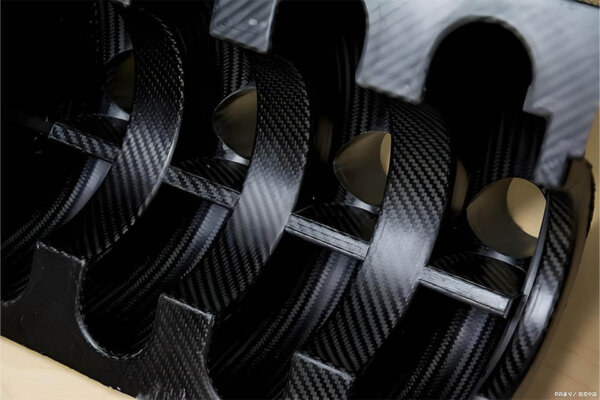
Myth 3: “All lucido carbon is carbonio secco“
Truth: Carbonio umido with good vernice trasparente can look shiny too! You need to look closer to tell.
How To Tell Them Apart
Want to know if a part is Asciutto O carbonio umido? Look for these clues:
Carbonio secco Signs:
- Molto clear modello di tessitura
- Anche shine all over
- Molto magro edges
- Leggero Tatto
- Higher price tag
Carbonio umido Signs:
- Di più wavy Aspetto
- Alcuni noioso macchie
- Thicker edges
- Più pesante Tatto
- Di più conveniente prezzo
Costo vs Valore: Is Carbonio secco Worth It?
Let’s think about if the extra cost is worth it:
For a macchina da corsa Dove every pound matters:
- YES - il risparmio di peso helps you go Più veloce
For a show car that just looks cool:
- MAYBE – it looks better but costs much more
For a conducente quotidiano car:
- NO – the cost is too high for normal driving
Per Progetti fai da te:
- NO – carbonio umido is much easier to work with
Real Numbers: Asciutto vs Carbonio umido
Diamo un'occhiata ad alcuni test E numeri:
- Carbonio secco absorbs 2.2% water, while carbonio umido absorbs 7.5%
- UN carbonio secco hood weighs 8 kg vs 13 kg per carbonio umido
- Dopo 2 million stress cycles, carbonio secco keeps 90% of its strength
- Carbonio umido loses much more strength over time
Questi numeri show why squadre di gara scegliere carbonio secco even though it costs more!
Utensili Needed For Each Type
To make carbonio secco parts, you need:
- Un autoclave (very expensive!)
- Vacuum pumps
- Freezers for storing preimpregnato
- Special molds that can take high heat
- Temperature controls
To make carbonio umido parts, you need:
- Stampi (can be simpler)
- Vacuum pump (not as strong)
- Brushes E rollers
- Tazze di miscelazione for resin
- Forbici for cutting fabric
This is why many small negozi use the Bagnato method!
Usi speciali For Each Type
Carbonio secco Special Uses:
- F1 race car parts
- Veicolo spaziale pezzi
- Di fascia alta bicycle cornici
- Prosthetic limbs that must be strong
- Drone bodies for racing
Carbonio umido Special Uses:
- Custom car kit corpo
- Movie props
- Opere d'arte
- Barca repairs
- Furniture with carbon look
Famous Brands That Use Each Type
Carbonio secco Brands:
- Koenigsegg (super cars)
- Boeing (planes)
- SpaceX (rockets)
- Specialized (bikes)
- Ferrari (race cars)
Carbonio umido Brands:
- Molti post-vendita car part makers
- Custom motorcycle costruttori
- DIY kit venditori
- Small boat costruttori
- Hobby drone creatori
Consigli per la cura: Making Your Carbonio Scorso
Per Carbonio secco:
- Lavare con sapone delicato
- Utilizzo Protettore UV
- Don’t leave in hot sun for too long
- Be careful not to graffio Esso
Per Carbonio umido:
- Aggiungere vernice trasparente every few years
- Tenere fuori da sole quando possibile
- Utilizzo cera per proteggere la finitura
- Controllare per crepe often
Fai da te: Can You Make These At Home?
Can you make these yourself? Let’s see:
Carbonio secco at home:
- NO – you need an autoclave
- These cost more than a auto nuova!
- You need special training
Carbonio umido at home:
- YES – many people do this
- You need about $500 in tools
- You can learn from video
- Iniziare con small parts Primo
Ecco perché carbonio umido is popular with Fai da te tifosi!
Who Should Use Carbonio secco?
Carbonio secco is best for:
- Pro race teams
- Produttori di automobili
- Aerospaziale aziende
- People who need the il più leggero parti
- Those who want the il miglior aspetto
- Folks with big budgets
Who Should Use Carbonio umido?
Carbonio umido is best for:
- DIY builders
- Small shops
- People making una tantum parti
- Those on a budget
- Hobby progetti
- Learning how to work with carbon
Considerazioni finali: Picking The Right Carbonio
When you pick between carbonio secco E carbonio umido, pensare a:
- How much soldi you can spend
- Come leggero the part needs to be
- If the part needs to be molto forte
- Come Carino it needs to look
- If you’re making it yourself or buying Esso
Ricordare:
- Carbonio secco = accendino, più forte, più carino, costoso
- Carbonio umido = più pesante, less strong, good enough, conveniente
Both types are real fibra di carbonio! They just serve esigenze diverse.
Veloce Questions E Answers
Q: Can I paint dry carbon? A: Yes, but why would you? The tessere is so bello!
Q: Is wet carbon heavier? A: Yes, about 30% heavier because it has more resina.
Q: Why does dry carbon cost so much? A: The autoclave machines cost a lot, and the preimpregnato material is expensive.
Q: Can wet carbon look glossy? A: Yes, with good vernice trasparente, but it won’t last as long.
Q: Which is better for a race car? UN: Carbonio secco is better if you can afford Esso.
Q: Can I fix a broken carbon part? A: It’s hard to fix Entrambi types, but carbonio umido is a bit easier.
Now you know all about carbonio secco E carbonio umido! Pick the right one for your next progetto!

